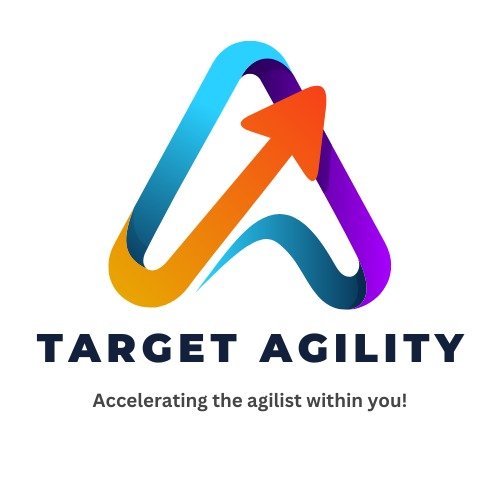Agile teams are always under pressure to work faster, deliver more, and keep improving. That’s where RetroAI++ comes in—an AI tool built to help with Sprint Planning and Retrospectives. It promises smarter insights, quicker prep, and better follow-ups. But the big question is: is RetroAI++ a real game-changer, or just another shiny tool?
What Is RetroAI++?
RetroAI++ uses AI to help Scrum teams with their key ceremonies. It can:

- Summarize sprint results
- Suggest sprint goals
- Spot patterns in retro feedback
- Recommend action items for improvement
Basically, it’s like an assistant that organizes data and throws out suggestions. Sounds helpful, especially for busy Scrum Masters. But let’s break down where it works—and where it doesn’t.
Where RetroAI++ Helps
1. Sprint Planning Prep
It can highlight top backlog items, flag dependencies, and suggest team capacity. That means the team spends less time warming up and more time deciding.
2. Retro Pattern Spotting
Instead of digging through notes, RetroAI++ can find repeated issues—like delays, blockers, or morale dips—and bring them up quickly.
3. Action Item Tracking
Too often, retro action items get forgotten. RetroAI++ can remind teams and check whether changes are actually happening.
4. Less Admin Work
Scrum Masters often waste time setting up boards or writing summaries. RetroAI++ can handle that, letting them focus on coaching and people instead of paperwork.
Where RetroAI++ Fails
But let’s be real—AI can’t replace people talking honestly. Here’s the danger zone:
- Teams accept AI suggestions blindly, instead of questioning them.
- Retros lose their soul if people stop sharing openly and just let a bot do the “thinking.”
- Fast doesn’t mean better—the point of retros is improvement, not just speed.
- Another tool can add complexity if teams don’t use it wisely.
What the Future Looks Like
RetroAI++ is just the start. More AI tools will show up in Agile rituals—spotting patterns, writing summaries, and nudging teams. That’s fine, but let’s not fool ourselves.
AI can say, “Your velocity is dropping.” But only people can say, “We’re tired and need to slow down.”
AI can flag testing delays. But only people can decide, “Let’s cross-train and fix this together.”
Agile is about people, not patterns.
How to Use RetroAI++ the Right Way
- Helper, not leader. Let it prepare info, but don’t let it decide for you.
- Keep the human talk. The real value comes from honest conversations.
- Treat outputs as drafts. Question everything AI suggests.
- Focus on outcomes. Judge success by team growth, not by how fast AI gives reports.
Final Word
RetroAI++ is useful—it cuts busywork, finds trends, and keeps action items on track. But if you treat it like a replacement for real discussion, you’re missing the point of Scrum.
The future of Sprint Planning and Retrospectives isn’t about AI running the show. It’s about AI clearing the noise so humans can do the hard, meaningful work: trusting each other, speaking openly, and always improving.
So go ahead and use RetroAI++. Just remember: AI can support Agile—but only people make it Agile.










